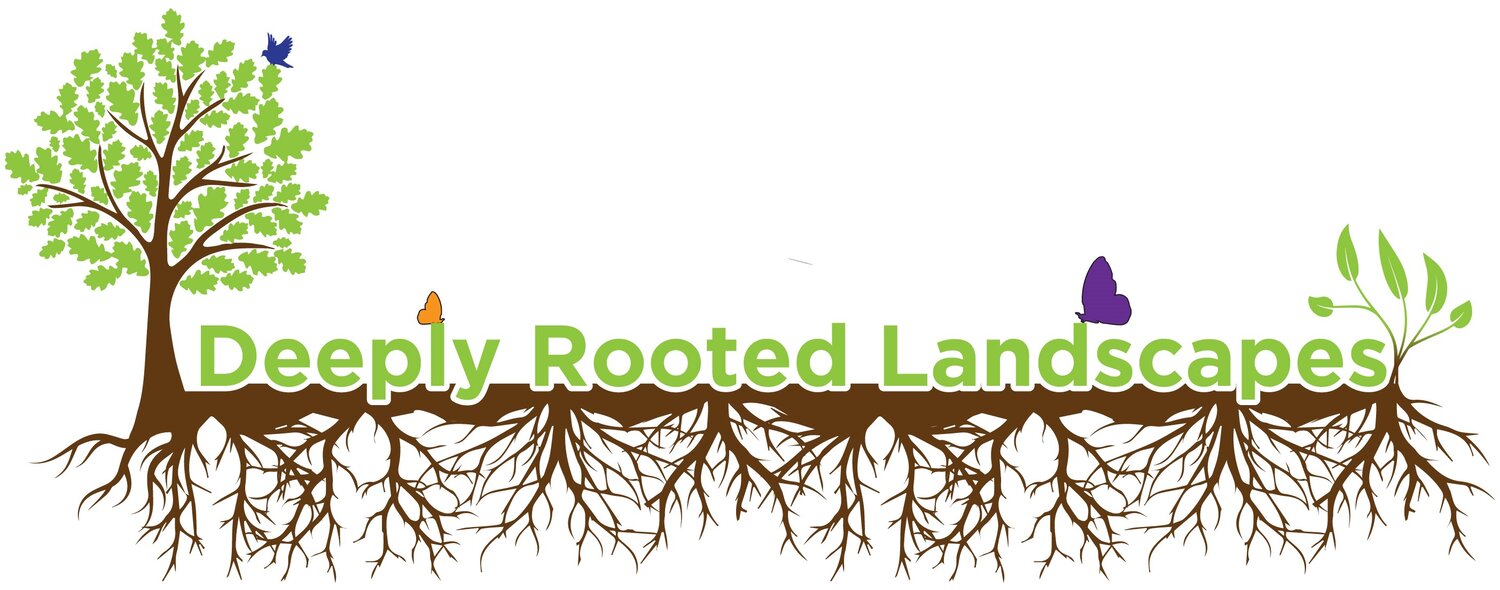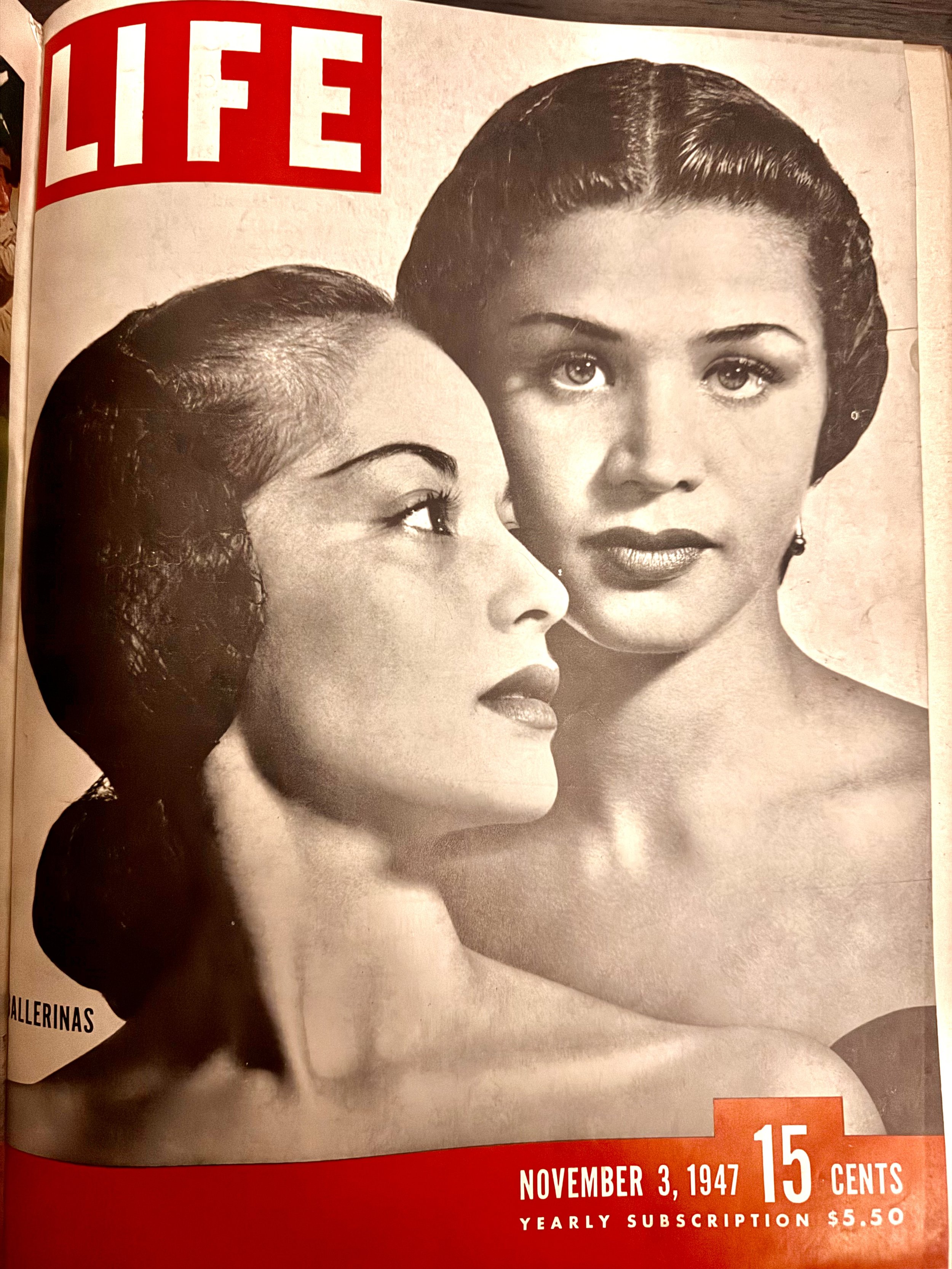Milkweed Memories
It’s Golden Hour of the evening, cruising the dirt roads of the countryside in a blue minivan with the windows down while soft tunes of Frank Sinatra to Simon and Garfunkel throwing Norah Jones and Rachel Yamagata or the soundtrack of The Shawshank Redemption in the mix as this creates your narrative music video mood of the moment. Feeling the last breath of summer caress your face just before twilight, glowing ochre fields of corn and soybeans surrounding you, and yet, the magic of each season leaves its own color palette not only in the sky but in the ditches that separate you from the fields. My mom, Coleen, and I have always found healing in nature. We’d set out to a destination nonspecific to escape the chaos of our own reality.
Between the both of us, we have taken on miles of riding into the countryside surrounding Oxford, Ohio, into Indiana or other “scenic” routes surrounding Oxford and Darrtown since I was very young. The time of the day didn’t matter, but my favorite moments were when we would ride together chasing the sun, witnessing the colors glow in a final “hoorah” and then fading away to welcome the first of the stars while discussing anything in the universe that may be on our mind. As we would cruise along, Mom would tell me to look at the colors of the season as we would pass ditch after ditch, season after season. She was right, each season decorates itself in a different array of texture and color.
I have been interested in the arts since I could remember holding a crayon. I wanted to be an artist, a profession I dreamt of becoming. By eighth grade, my mom bought me my first digital “point and shoot” camera, a Sony Cyber Shot to be exact. She’d pull off to the side of the road so I could capture the colors and critters of the season. It was during one of those moments together we stumbled upon milkweed pods resting against a rustic wooden fence line. My mom told me stories of my grandfather, “papaw,” her father, who would pick the pods to help during the war. I reached out to my papaw (who turned 90 years old this year) to confirm that what I remember from my mom’s storytelling is true, that he did pick milkweed pods during the war. He responded to my question with, “Yes, back in the war years 1942-1945, they made life jackets out of milkweed pods. At the time, they were everywhere, but not so many anymore.” He understood that the milkweed began to vanish rapidly with the use of pesticides and other weed killers. However, there is a lot of hope to bring this species back into our lives.
What triggered this memory of the milkweed plant?
I’m very passionate about many things like art and frolicking in nature, and history is among one of those many, many interests. When I discovered this pot of gold, I knew I had to share with my colleagues, friends, and now, the community. One evening, my mom arrived home from a quick trip to Indiana from her passion for Geocaching. She asked me to help her unload the van, and when I walked outside to assist her, I noticed these mega green bound books. They were archived LIFE magazines ranging from the 1930s-1970s. To this day, I’m still trying to go through each giant book. Over the 2024-2025 holiday break, I decided to sit down and skim through a few. It was my luck to grab one published on November 3, 1947. Viewing the images and reading the descriptions brought back that memory, the story my mom told me about her father, my papaw, picking milkweed for the war and what it was used for. While milkweed has a rich history of its own, I am primarily focused on what LIFE Magazine has written. Below are images of the milkweed article and photographs along with the written texts.
Cover of LIFE Magazine
Top left white font - “Milkweed floss is moist when encased in ripening pod.”
Top right white font - “The floss puffs up as the sun dries it after the pod bursts.”
Bottom left white font - “The dried seed is caught by the wind and is blown away.”
Bottom right white wont - “The pod is left a hollow shell when its floss is puffed off.”
Black font at bottom - “Speaking of pictures...
... These show the delicate beauty of the milkweed seed”
White font at the bottom - “The scattered seeds of a milkweed plant drift through the air. Each of its tiny fibers has dried into a slight curl.”
Bottom fine text - "The fragile beauty of the seed of the wild milkweed, which drifts through the country every fall, means nothing to farmers, who consider it a nuisance. But LIFE Photographer Wallace Kirkland, who took these pictures, appreciates milkweed because of the pretty patterns its tufted seeds make. Each milkweed pod holds about 170 seeds, and to each seed are attached at least 400 fibers, which waft it through the air. Though the seed looks delicate (above), it is a durable traveler, flying 20 miles in good wind before the seed comes to earth. The floss of milkweed is six times more buoyant than cork and was used during the war in life belts and flight jackets. Dr. Boris Berkman, a Chicago physician who headed milkweed processing for the government during the war, has gone into the milkweed business and harvested a crop this fall in Illinois. He plans to use the floss for stuffing pillows, blankets, and bedclothes.”
“STALK OF MILKWEED usually grows 4 feet high, can bear 40 pods. Its long roots dig between 10 and 12 feet underground in their search for water.”
“HARVESTING OF MILKWEED takes place in the fall just before the pods burst. Children do the picking which is easy because the plants grow waist-high.”
“DRYING MILKWEED is hung up in onion sacks. Each sack, which holds 50 pounds of onions, holds only 4 pounds of pods when they have dried thoroughly.”
Here at Deeply Rooted Landscapes, we harvest our seeds non-traditionally using a strainer/ sifter. In the video, you will see one of our Nursery Crew Members, Audrey, swirling her hand using the strainer to agitate and separate the fibers from the seeds. While we didn’t collect the fibers last year (2024), we let nature do its thing and let the wind whisk up the fibers. When we had collected enough seed, we scattered the seeds throughout the prairie we weren’t going to save for our growing needs.
Native Ohio Milkweed Species:
Clasping Milkweed (Asclepias amplexicaulis)
Common Milkweed (Asclepias syriaca)
Poke Milkweed (Asclepias exaltata)
Purple Milkweed (Asclepias purpurascens)
Rose Milkweed (Asclepias incarnata)
Short Green Milkweed (Asclepias viridiflora)
Spider Milkweed (Asclepias viridis)
Sullivant’s Milkweed (Asclepias sullivantii)
Tall Green Milkweed (Asclepias hirtella)
Whorled Milkweed (Asclepias verticilata)







